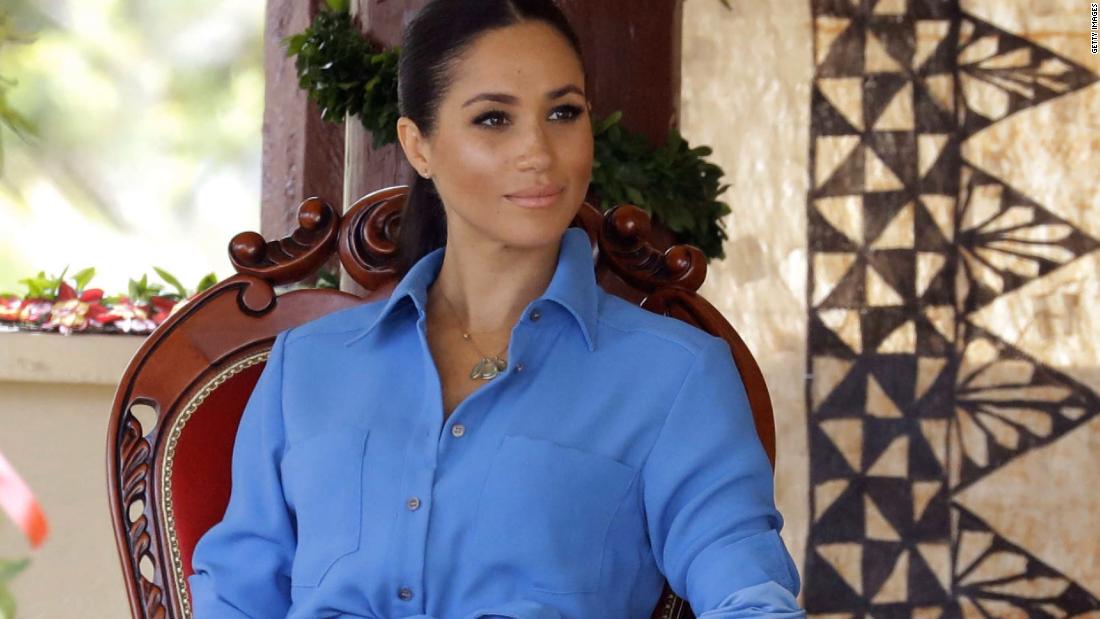Analysis: How Meghan stared down one of the world’s most powerful institutions
“I don’t know how [the Royal Family] could expect that after all of this time, we would still just be silent if there is an active role that the firm is playing in perpetuating falsehoods about us,” Markle told Oprah at one point. At another, she said this of her mental health struggles: “I went to the institution and said I needed to go somewhere to get help, said that I’ve never felt this way before … and I was told that I couldn’t, that it wouldn’t be good for the institution.”
The Duchess of Sussex’s decision to speak out against one of the best-known, most highly regarded and, well, efficient firms in the world is a striking reminder of our current global moment. Consider a similar series of rebellions against once-untouchable entities in recent years:
* The #MeToo movement that has exposed the conduct of powerful men across the entertainment, media and political worlds
* Brave victims have come forward to speak against the rampant sexual abuse in the Catholic church over decades
* African American professional athletes have led a movement to expose ongoing inequities in policing in this country
* The GameStop stock surge revealed the power of the small-time investor to disrupt the activities of massive financial institutions
* Big tech companies — most notably Facebook — have come under increased scrutiny for their enabling of hate speech
There are more examples, but you get the idea. In virtually every part of our culture, we’ve seen individuals — or small groups of people — take on corporate, religious and athletic behemoths and win. Or at least force a public reckoning over long-accepted practices that, when seen under the light of public scrutiny, look really, really bad.
“Between roughly one-quarter and one-third of U.S. adults overall are confident in the criminal justice system, newspapers, organized labor and large technology companies, the last of which was measured for the first time this year. In addition to the aforementioned police, church, and public schools, banks, the presidency and the U.S. Supreme Court all receive middling confidence scores from the public.”
(The least trusted institutions? Congress, with just 13% of people having a “great deal or “quite a lot” of confidence in it and cable news with 18%).
In many cases, these institutions are at or near their low ebb in terms of public trust — damaged not just by scandal but also by a creeping public sense that these megaliths are actively bad for the culture — feathering their own nests at the active expense of the regular Joe. (Not for nothing: Donald Trump’s entire presidential campaign in 2016 was premised on the idea that the “elites” were purposely hurting the little guy to benefit themselves.)
“The erosion in confidence is impossible to blame on any one factor because it is so widespread. I believe that the attacks of Sept. 11, 2001, made clear in a very powerful and frightening way that those tasked with protecting us might not always be able to do it. That led to a general sense of unease amid the populace that the bad behavior of Wall Street, the faltering economy, an ineffectual Congress and the string of high-profile killings of black men by police have all heightened.”
The pace of those doubts — and the mistrust — has only accelerated in recent years, as large institution after large institution has been shown to have failed in major ways.
The ability of a single person to directly question the motives and actions of an institution as long-lasting and staid as the British monarchy has far-reaching consequences.
There is no question that it has meant that large companies and organizations have been forced into self-examination as to why they do what they do. And in some cases, it has forced change on them — change that would not have been thinkable even a decade ago. This is, obviously, a very good thing.
What the collapse of trust in these once-unquestioned pillars of culture has also meant, however, is the increasing realization that we are operating without any real safety net. If we slip, there may be no one or nothing we can trust to catch us. What that leads to is an increased sense of unease and anxiety, the idea that we are simply on our own — adrift in a world in which there are no more trusted referees.
This is the reality we collectively face at the end of the second decade of the 21st Century. Yes, we are more empowered and more able than ever before to question authority — and be listened to. But the institutional failures that have been exposed have left us more isolated, more fragmented and less happy.
![]()


